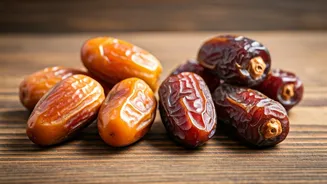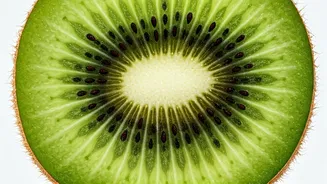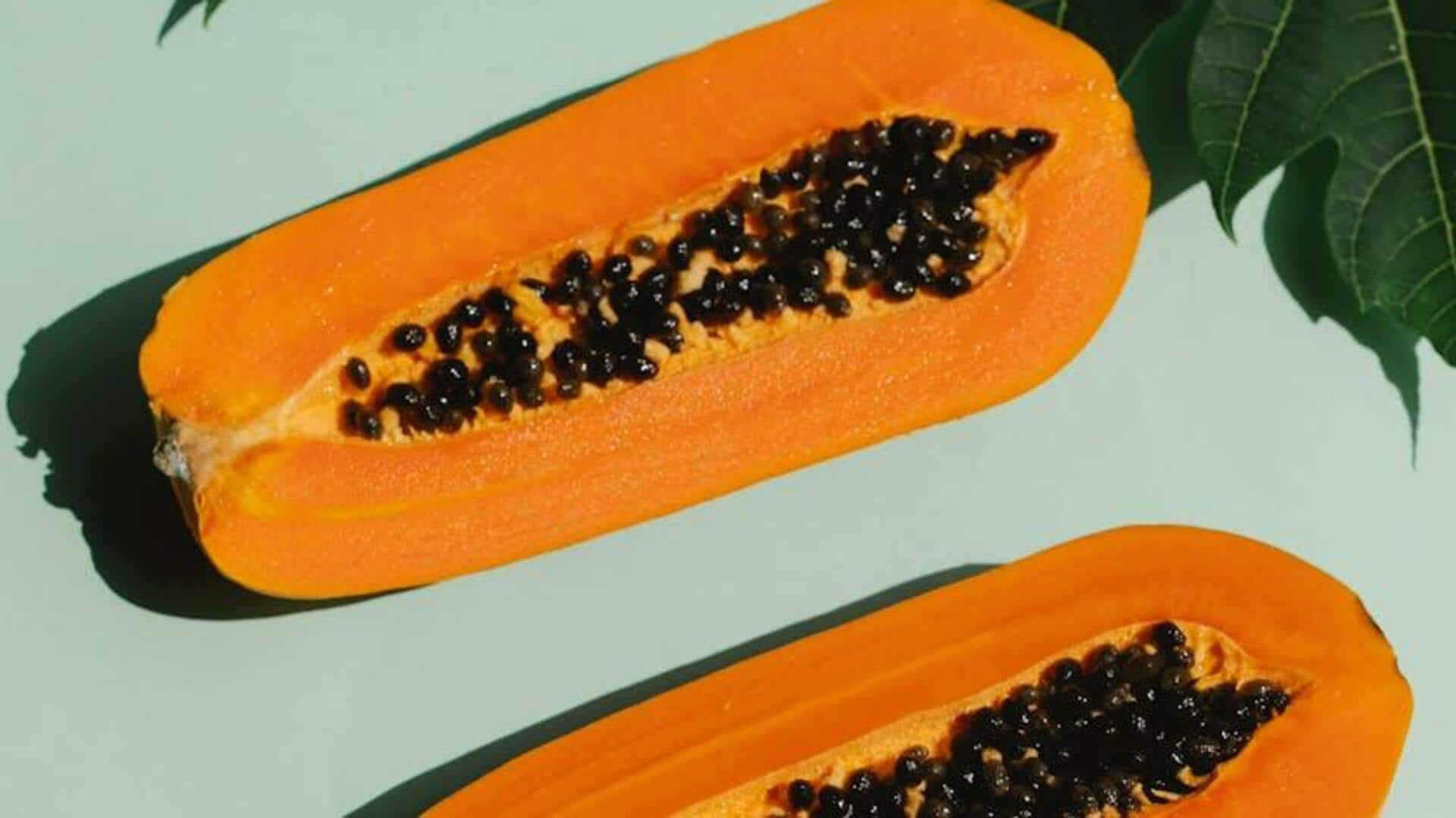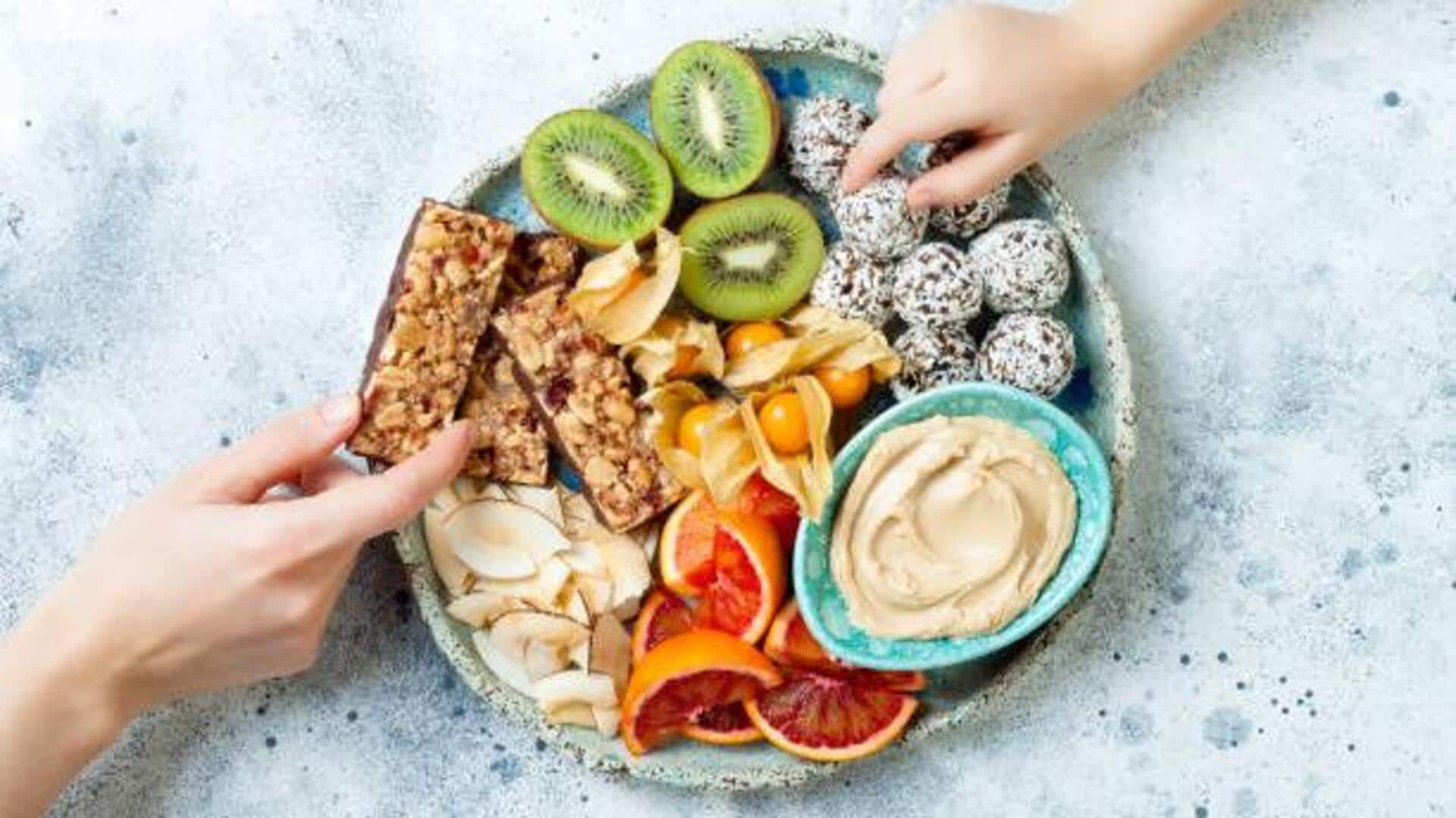Taste and Texture
The journey of a date, from fresh to dried, significantly alters its sensory attributes. Fresh dates present a soft, succulent texture, and their sweetness
is often nuanced, carrying subtle caramel or floral notes. They offer a burst of moisture, which is notably absent in their dried counterparts. Dried dates, having undergone a dehydration process, offer a chewier consistency, their sugars crystallizing and intensifying the sweetness into a more concentrated form. The flavour profile of dried dates becomes richer and more robust, often developing notes of molasses or even toffee, contrasting sharply with the lighter profile of fresh dates. The choice between fresh and dried often boils down to personal preference, with each offering a unique experience that satisfies different palates and culinary applications.
Fiber and Minerals
Considering the nutritional aspects, the drying process impacts certain nutrient concentrations in dates. Dried dates, due to the removal of water, contain a higher concentration of fiber per serving than fresh dates. This heightened fiber content is beneficial for digestive health and helps in regulating blood sugar levels. Similarly, the mineral content in dried dates, including potassium and magnesium, is also more concentrated, contributing to bone health and overall well-being. Fresh dates, while offering a lower concentration of these nutrients, still provide valuable amounts of fiber and minerals. The difference highlights how the preservation technique can shift the balance of nutrients, making dried dates a more concentrated source of these essential elements. The selection between fresh and dried dates, therefore, depends on individual dietary needs and goals.
Antioxidant Content
The antioxidant capacity distinguishes fresh and dried dates further. Fresh dates generally retain higher levels of antioxidants, such as polyphenols, which are crucial in neutralizing harmful free radicals in the body. These antioxidants offer protection against cellular damage and may reduce the risk of chronic diseases. During the drying process, while the fiber and mineral concentration increases, some antioxidants are lost or their activity diminishes. Consequently, fresh dates provide a stronger antioxidant boost compared to dried dates. Incorporating fresh dates into your diet is a delicious way to support your body’s defense mechanisms. The choice reflects whether the immediate availability of antioxidants or the concentrated fiber and minerals are more critical in your dietary preferences.
Sugar and Calories
The transformation from fresh to dried also affects the sugar and calorie content. Fresh dates contain lower amounts of sugar and fewer calories per serving when compared to dried dates. This is partly because the water content in fresh dates dilutes the natural sugars present. Drying concentrates the sugars, resulting in a sweeter taste and a higher caloric value per serving. This should be considered by individuals managing their sugar intake or aiming to control their calorie consumption. Dried dates, though higher in sugar, offer a more concentrated source of energy and nutrients, which can be beneficial in certain dietary plans, especially for endurance activities. The choice relies on balancing taste preference with dietary objectives.
Nutritional Summary
Ultimately, the nutritional comparison between fresh and dried dates highlights that each type offers unique benefits. Fresh dates are superior in terms of antioxidant content and lower in sugar and calories. They provide a lighter, more nuanced sweetness and a soft texture. Dried dates, in contrast, provide a more concentrated source of fiber and minerals, along with a richer, more intense flavour. Dried dates also possess a higher energy density due to the concentration of sugars. The best choice depends on individual dietary priorities and the desired culinary experience. Consider your specific health objectives and taste preferences when deciding whether to reach for fresh or dried dates.





